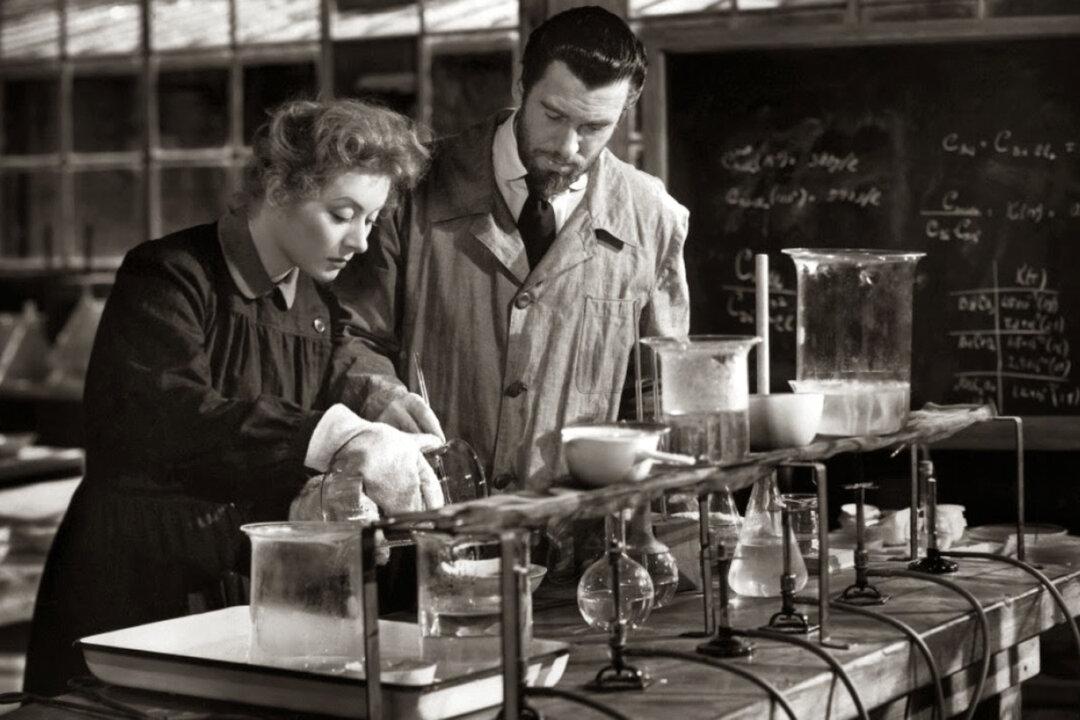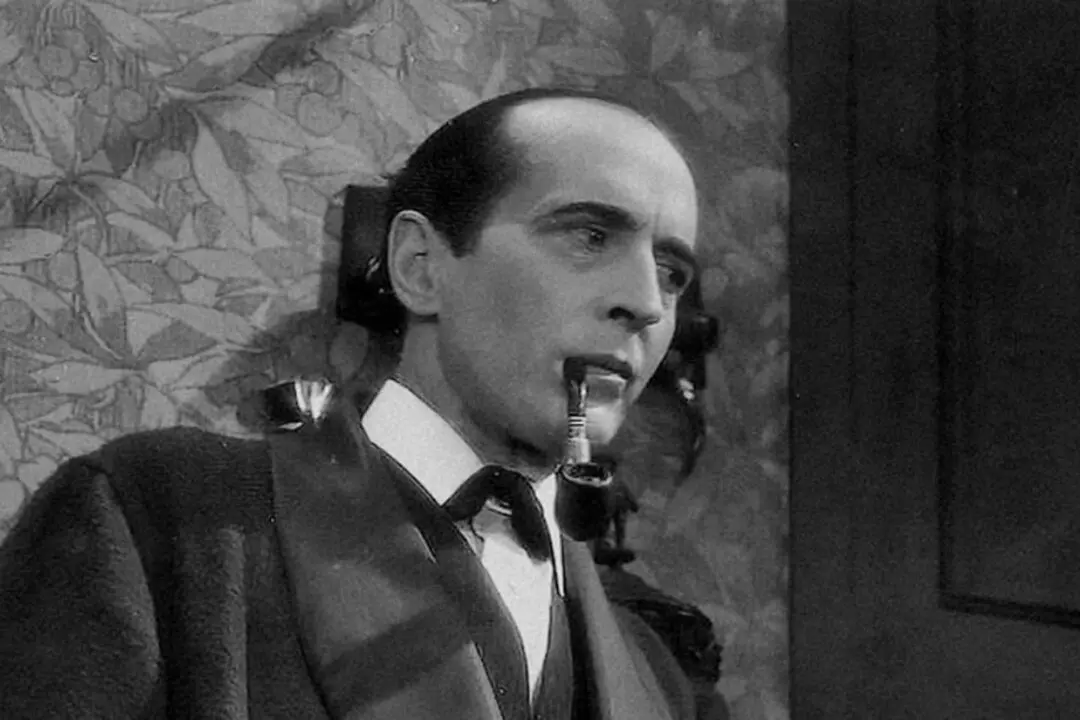NR | 2h 4m | Biography, Drama, Romance | 1943
After striking cinematic gold with one of my favorite World War II dramas “Mrs. Miniver” (1942), its main leading actors, Walter Pidgeon and Greer Garson, were paired up again to star in the biographic film “Madame Curie.” Both films were astounding successes that led to the duo collaborating in several future movies together.






